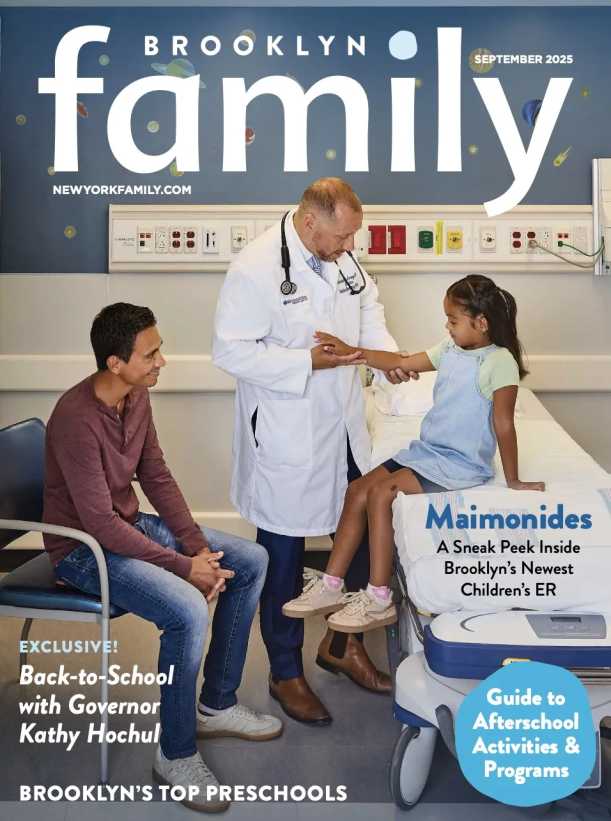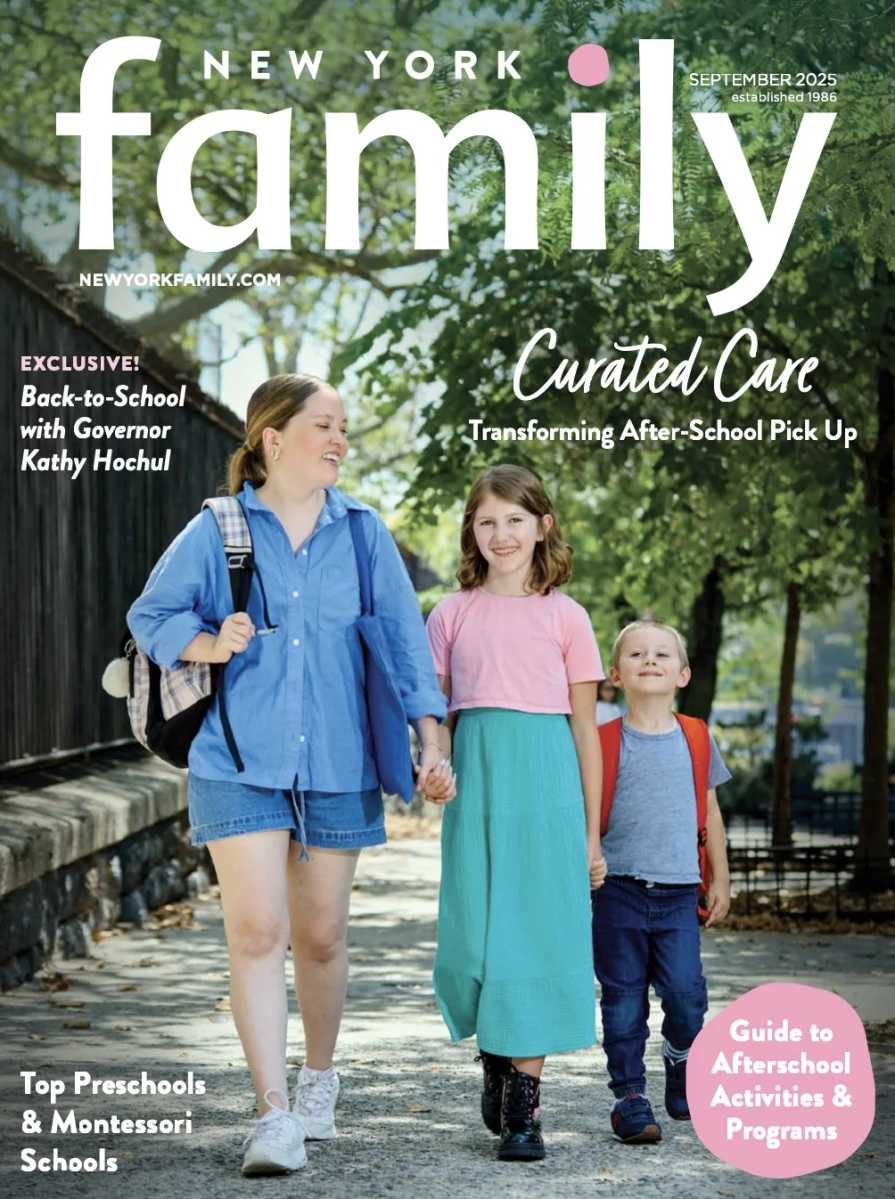 Have you ever stopped to think about the power and ripple effect the words you say to yourself have?
Have you ever stopped to think about the power and ripple effect the words you say to yourself have?
Recently I lead a class focused on asanas that were purposely uncomfortable. All the poses were safe, but we took long holds–about five or so breathes in strong standing poses and about 1 minute in hip opening and other releasing poses. After the first pose called “screaming toe,” I asked the women what were they saying to themselves in their head. Most admitted they kept repeating “Oow,” “Why are we doing this?”or “When will this stop?!” I believe this is a common reaction to pain or discomfort. After that first pose, I took the time to explain why we were doing such poses today and asked them to try to change the internal dialogue they were having with themselves. Instead of labeling the sensation as “pain,” could they say it was “intense.” Or even verbalize the word “Open.” If that was not possible, remind themselves that the pain they were experiencing was not causing damage but was opening their bodies, so this “pain” was for a purpose. Slowly, understanding smiles crept across many faces and others were nodding in agreement. After all, we were in a prenatal yoga class and the common experience all these women will face will be childbirth. In some manner or another, they will face strong sensations with the sole purpose for birthing their baby. But the way they envelop the experience may not all be the same.
According to Rick Hanson, Ph.D., a neuropsychologist, founder of the Wellspring Institute for Neuroscience and Contemplative Wisdom, and New York Times best-selling author, humans are evolutionarily wired with a negativity bias. Our minds naturally focus on the bad and discard the good. It was much more important for our ancestors to avoid threats than to collect rewards. Given this inclination to focus towards the negative, it is not surprising that it was challenging for many of the students to move past the sheer discomfort of poses that required strength or stretch. Shifting the mind to looking towards the positive takes work and commitment. The first step I offered the students on this path was to simply change the language we have come to accept as the norm in terms of pregnancy, labor, and birth.
When most people hear the word birth or visualize what birth looks like, they see a woman in the wrath of pain. This image is not exactly accurate but exacerbated by media, movies, and TV. As a doula, I have witnessed women emerge through labor in what I would call waves of sensation, but not pain. My own first labor, during pushing phase, I felt the incredible flush of endorphins carry me to a place that was hovering somewhere between pain and pleasure. Moving beyond the image of “pain” of labor, I asked the students to simply rename the sensation. Words have power. I opened up to the class: what other words could you use? “Intense,” “Strong,” “Powerful,” “Waves.” I loved hearing that there were other possibilities to describe these sensations other than “pain.” Personally, I experienced labor in terms of “waves”–and “ride the waves” became my inner dialogue for my second birth. I felt the rise and fall of the sensation and let my body fall into the experience instead of trying to steer the situation. Well known midwife, Ina May Gasksin, uses the term “rushes” when speaking of contractions.
Say these words to yourself: “Pain,” “struggle,” “anguish”–what thoughts and sensations emerge for you? Now try these words: “Rushes,” “waves,” “intense,” “powerful,” “strong.” For me, a different feeling arises, even my body takes a different shape. For the second group of words, I feel powerful and confident. The first group- pain and struggle, leaves a negative and hopeless residue in my mind and body. It is important to be mindful of the words we say to ourselves, if we keep repeating how miserable something is, the discomfort will continue to amplify.
I love the picture shown here (above): “She believed she could, so she did.” When a mother doesn’t have the capacity to believe she could birth her child, the journey through labor would be such an up hill battle. Examine your inner dialogue. Are you instilling confidence and the possibility of a positive birthing experience with your language? Or are you unintentionally undermining your innate wisdom by using negative, unsupportive words. Strive for the positive.
Debra Flashenberg is the founder and Director of the Prenatal Yoga Center. She is a certified labor support doula, Lamaze Childbirth Educator, and certified prenatal yoga instructor. She is continuously in awe of the beauty and brilliance of birth and is the proud mother of her son, Shay and daughter, Sage. Visit prenatalyogacenter.com for more info!


























